From Aztec marketplaces to TikTok swaps, women have long shaped economies. Here’s how rising tariffs, inflation, and economic shifts are once again transforming women’s spending habits—and fashion itself—into a powerful economic force.
Long before tariffs and TikTok, women were building parallel economies. Aztec women wove and traded textiles that underpinned an entire society. Pioneer women bartered sourdough starter and sewing needles across wagon trails. Across West Africa, women formed rotating savings clubs—microeconomic systems powered by trust and tenacity.
When WWII diverted nylon to the war effort, women painted stocking seams down their legs with eyebrow pencil. But they didn’t just adapt—they stepped in. Millions joined the workforce, kept factories running, and held entire industries together.
Women have always been the ones who figure it out—the originators of clothing swaps, the architects of casserole meal trains, the unsung CFOs quietly maintaining the household. Today, that ingenuity has scaled. Clothing swaps have gone digital. Community buying clubs—once a rural solution—may now crop up in cities, powered by group texts and spreadsheets, spurred by chaotic price hikes. The age-old ability to stretch a dollar now comes with terms like “pre-order model,” “secondhand platform,” and “tariff-inclusive pricing.”
It’s Rosie the Riveter meets resale—with a Substack newsletter. In a market shaped by inflation and policy shifts, economic literacy is no longer optional. And women are proving they’re not just adjusting, they’re anticipating.
Fashion’s Economic Mirror: The Cyclical Psychology of Style
Style has always reflected more than trends. It captures our economic psychology in fabric and form and flair (or lack thereof). True economic shifts don’t just alter hemlines, they rewrite the rules of how we dress. Here’s a look at what fashion, throughout the years, has told us about the state of the economy.
Adaptation & Resourcefulness (When Resources Dwindle): When materials grow scarce, innovation steps up. Post-Civil War women repurposed fabric out of necessity, creating practical silhouettes with limited resources. With 1940s wartime austerity we saw creative rationing where women borrowed from menswear, creating military-inspired looks that would later evolve into today’s androgynous staples.
Compensatory Escapism (When Reality Bites): Economic hardship often triggers an opposite fashion reaction. The Great Depression’s economic bleakness gave rise to Hollywood-inspired glamour—fantasy pushing back against financial reality. Similarly, the inflation-ridden 70s didn’t retreat into practicality but exploded into disco excess and optimistic bohemian defiance. We seek beauty, pride and confidence in uncertain times.
Status Signaling (When Hierarchies Shift): Fashion’s most persistent job is showing where we stand—or wish to stand. The Gilded Age’s excessive bustles screamed new money. The power suit of the 80s announced women’s corporate rise. Even the seemingly anti-fashion grunge of the 90s signaled disillusionment with capitalism’s promises. When economic systems shift, our style follows and seems to do most of the talking.
Optimism Embodied (When Prosperity Returns): Economic upswings literally lighten our clothing. The 1920s’ rising hemlines matched rising markets. Dior’s “New Look” celebrated post-war prosperity with bright patterned, luxurious full skirts after years of rationing. The ’60s space-age styles reflected technological optimism and economic growth and sexual awakening. Our clothing expands with our wallets, becoming more experimental and bold.
Revolutionary Reset (When Systems Collapse): When economic systems transform, so does dress. The French Revolution replaced aristocratic excess with deliberately restrained, anti-royal silhouettes and fabrics – for example, cotton was a political statement. The digital revolution brought athleisure as work and home boundaries blurred.
Tariff-Core: Fashion’s Next Recession Aesthetic
The 2008 financial crisis saw the “lipstick effect“— a spike in small indulgences like lipsticks and nail polish, even as budgets tightened – play out in real time. Fashion responded with minimalism: neutral tones, classic silhouettes and a retreat from excess. More recently, we witnessed how the COVID lockdowns shifted wardrobes toward comfort. Loungewear, elastic waistbands, and soft fabrics became the default, with wellness driving the aesthetic as much as practicality. For example, Alo and Vuori aren’t just trendy brands; they have become uniforms…and status pieces at that.
Now, a new economic undercurrent is taking shape. Tariffs—not recessions—may be the next force to reshape how we dress. What emerges will likely be streamlined by necessity: clean lines, fewer seams and hardware, simpler prints and cuts, as well as “recession blonde,” or brunette, making a comeback. It’s not minimalism as an aesthetic choice but as an economic imperative. We’re predicting quiet luxury… minus the luxury.
Designers are trimming the fat, and consumers know exactly why. For younger women, especially, this shift aligns with existing behavior. Millennials and Gen Z are already buying less but better, making considered choices that prioritize ethics, longevity, and value.
The Bottom Line
Unlike past eras where fashion shifts happened more subtly and consumers weren’t necessarily conscious of the economic forces driving them (until decades later in history classes), today’s tariff impacts are playing out in full public view. We’re witnessing cause and effect in real time, with an unprecedented awareness of why our clothing and style are changing.
MORE ON HERMONEY:
SUBSCRIBE: Own your money, own your life. Subscribe to HerMoney to get the latest money news and tips!
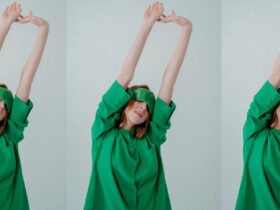



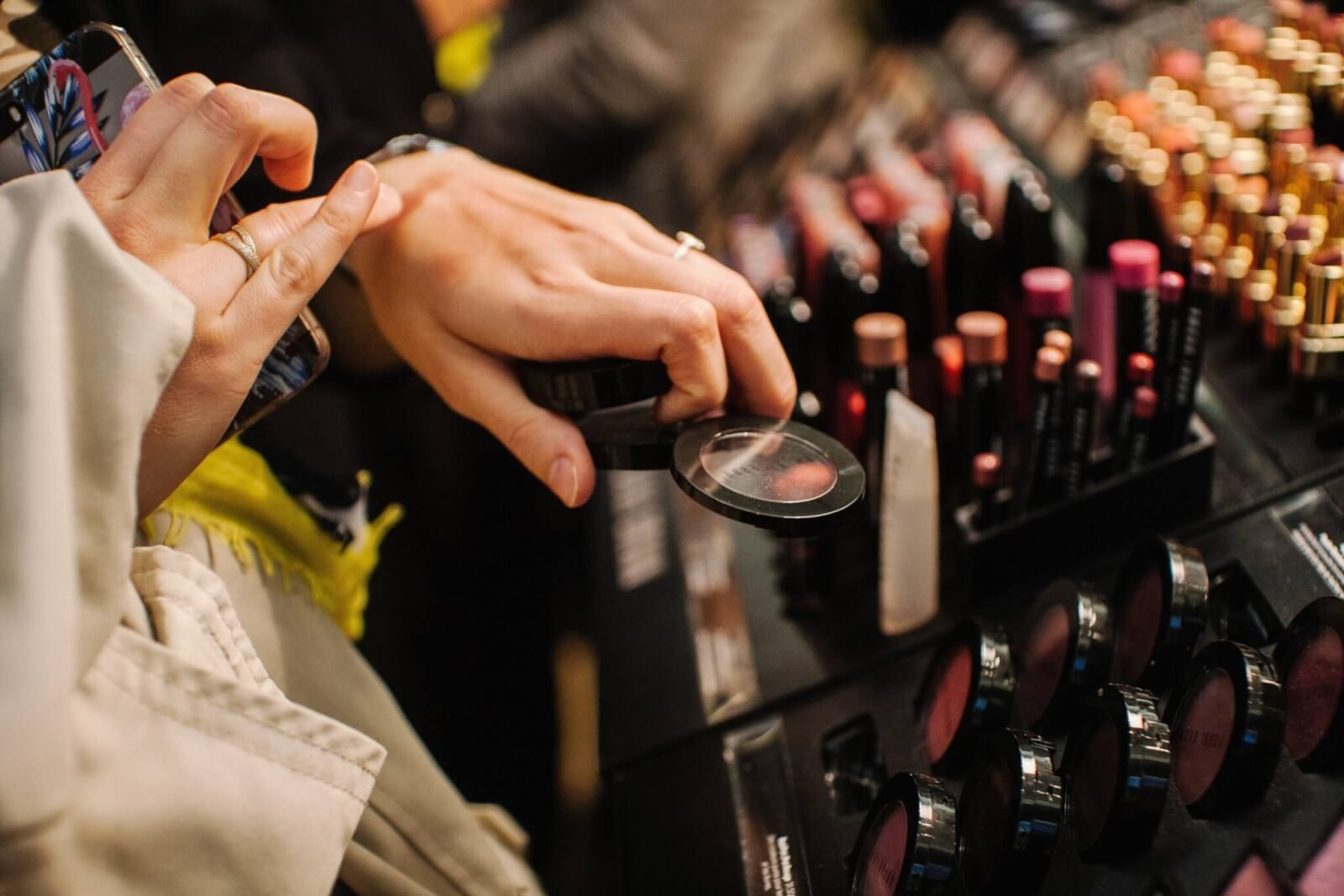

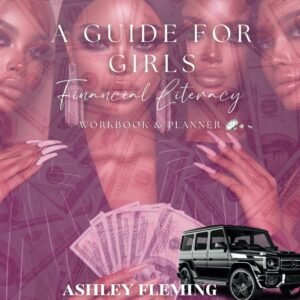
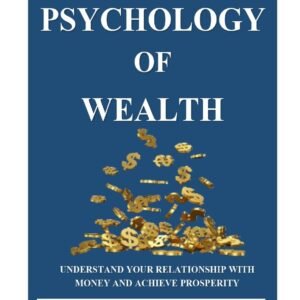

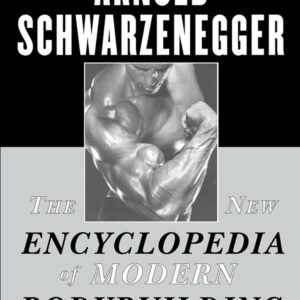



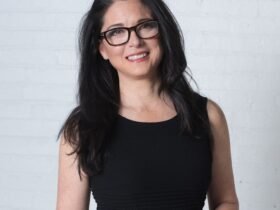





Leave a Reply